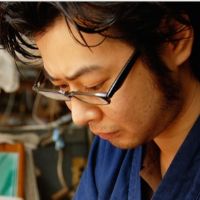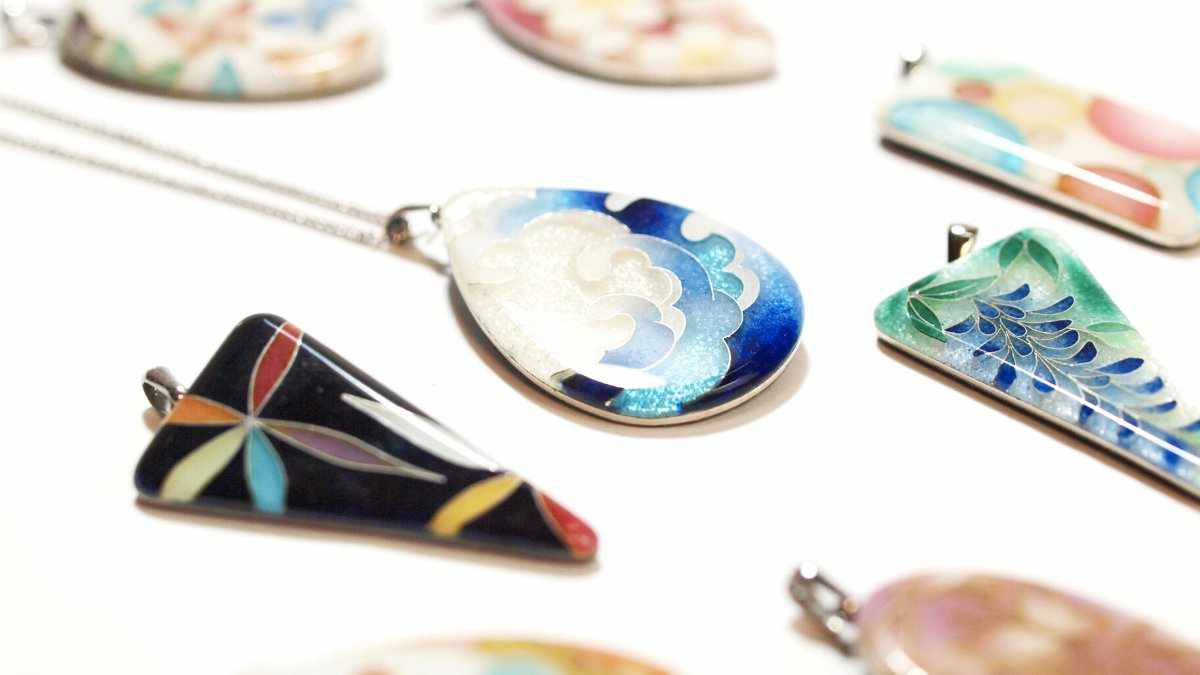free
Description

The finest pastel colors for a graceful adult!
The Haku series is our original color accessory, in which the transparency of the glaze is exquisitely controlled through a meticulous manufacturing process.
Teardrop earrings with a feminine touch.
The calm milky white color can be used casually according to your fashion and mood of the day.
Available in six milky colors.
Wear it as a set with ring or pendant, or give it as a gift to a loved one.
Information
| Manufacturer | KATO SHIPPO SEISAKUSYO |
|---|---|
| Country of origin | Aichi Prefecture, Japan |
| Technique | Owari Cloisonne |
| Material | silver, copper, glazes, alloys |
| Size | W0.47 * H0.79 in. (W1.2 * H2cm) |
| Weight | 0 lbs(g) |
| Capacity | 0 oz(0ml) |
| Electronic Equipment | |
| Note | The surface of earrings is made of glass and may break if subjected to strong impact or heat. Basic care for this is to wipe it dry occasionally. If the earrings gets dirty due to perspiration, etc., rinse it with water and then wipe it dry thoroughly with a soft cloth. The post fittings used for the earrings are made of titanium. Although we have taken care to avoid allergic reactions, if you feel any skin irritation, do not use the product. |
| Delivery Time | 1-2 weeks (if out of stock + 1-2 weeks) |
Brand history and characteristics
How Japanese Products Can Be Such High Quality
Payment & Security
Your payment information is processed securely. We do not store credit card details nor have access to your credit card information.
![[ACCESSORY] DROP PIERCED EARRINGS HAKU (6 COLORS) | OWARI CLOISONNE](http://en.thebecos.com/cdn/shop/products/s0087-149-1_705d98e5-511f-4454-a708-30f26c10d425_{width}x.jpg?v=1685398593)
![[ACCESSORY] DROP PIERCED EARRINGS HAKU (6 COLORS) | OWARI CLOISONNE](http://en.thebecos.com/cdn/shop/products/s0087-149-2_af84a81e-7006-436c-b12d-196b51d78571_{width}x.jpg?v=1685398597)
![[ACCESSORY] DROP PIERCED EARRINGS HAKU (6 COLORS) | OWARI CLOISONNE](http://en.thebecos.com/cdn/shop/products/s0087-149-3_ee7db2e2-dade-4c63-a3f7-9b139707c7a3_{width}x.jpg?v=1685398602)
![[ACCESSORY] DROP PIERCED EARRINGS HAKU (6 COLORS) | OWARI CLOISONNE](http://en.thebecos.com/cdn/shop/products/s0087-149-1_705d98e5-511f-4454-a708-30f26c10d425_130x.jpg?v=1685398593)
![[ACCESSORY] DROP PIERCED EARRINGS HAKU (6 COLORS) | OWARI CLOISONNE](http://en.thebecos.com/cdn/shop/products/s0087-149-2_af84a81e-7006-436c-b12d-196b51d78571_130x.jpg?v=1685398597)
![[ACCESSORY] DROP PIERCED EARRINGS HAKU (6 COLORS) | OWARI CLOISONNE](http://en.thebecos.com/cdn/shop/products/s0087-149-3_ee7db2e2-dade-4c63-a3f7-9b139707c7a3_130x.jpg?v=1685398602)

